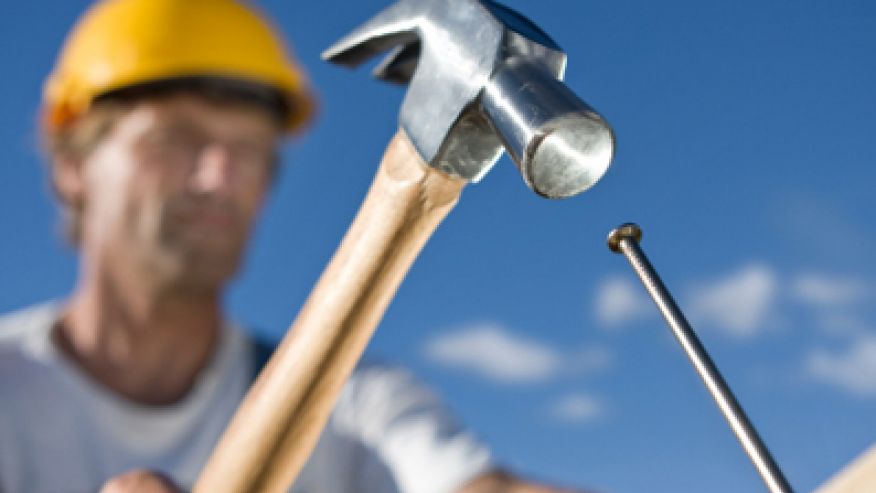At a certain point in our lives, we all find the need to use a hammer. Some people need these tools for basic household tasks, while others for big construction projects. However, with so many different types of hammers available on the market, finding the right one could be tricky if you don’t know what to look for. So before starting to shop, know that hand tools hammers can be used for certain tasks specifically, or they can be versatile and used to perform different tasks.

Learning about the parts that the hammer is comprised of and the materials that its parts are made from is the key to finding the perfect hammer for your needs. Just like most other hand tools hammers are multi-functional, durable, made of heavy-duty steel, which makes them ideal for craftsmen, campers and construction workers. Some of them are designed to include several other tools, like an axe, pliers, knives, screwdrivers and corkscrews.
Traditionally, hammers are made from wood. However, hammers nowadays are made from steel which promotes durability and the steel is then wrapped in some sort of plastic, rubber or nylon grip to increase the user’s comfort. The grip also helps absorb shock and precision. Ergonomics is everything, so the hammer you decide to buy needs to offer you a comfortable and tight grip. The handle can also be made from a synthetic material, such as fiberglass or graphite.
The head on the other hand, is generally made of steel or titanium. Stainless steel is also a great choice, as it is corrosion and rust resistant, more durable than regular steel and cheaper than titanium. Titanium heads are the more expensive choice, but they’re easier to use, lighter than steel and far more durable.
If you don’t use a hammer properly, you can get seriously injured. Safe practices are mandatory to ensure the user’s safety and well-being. Taking the following steps will certainly reduce the chances of you getting injured:
- Always use safety gear: thick gloves, ear protection, hard hats, goggles are all important, especially on construction sites
- A firm grip: before striking with the hammer, ensure you have a firm grip on the handle
- Squarely hits: hit the object squarely in the center and avoid banging sideways
- Practice: practice lets you find a comfortable working position
- Replace it when necessary: if the hammer is wearing down, cracking, bending or splitting, buy a new one to avoid accidents.

